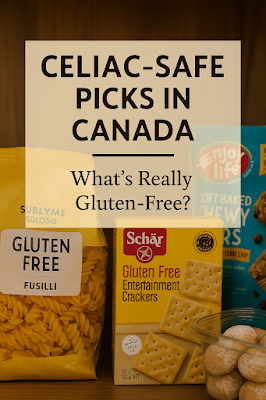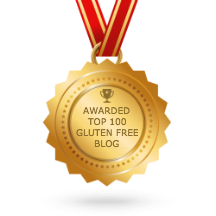Living with celiac disease in Canada can feel like a full-time detective job. Just because something says "gluten-free" doesn’t mean it’s safe. So let’s break down what’s actually safe for celiacs — no fluff, just facts.
 |
✅ Certified Gluten-Free vs “Gluten-Free” Labels
In Canada, certified gluten-free means the product has been tested and meets strict standards — usually under 20ppm of gluten. Look for certifications from:
-
Canadian Celiac Association (CCA)
-
Gluten-Free Certification Program (GFCP)
“Gluten-free” without certification? It might be okay, but always double-check ingredients and manufacturing practices.
🚫 Products That May Look Safe But Aren’t:
-
Oats – Must be purity protocol. Regular oats are often cross-contaminated.
-
Spices and Seasonings – make sure wheat is not listed and there is no may contain statement.
-
Vegan/Plant-Based Foods – Watch for wheat-based seitan or hydrolyzed wheat protein.
-
Imported “gluten-free” products – Different labeling laws apply. Trust Canadian or U.S. brands you know.
Canadian Brands Celiacs Trust:
-
Enjoy Life – Top 9 allergen-free and certified GF.
-
MadeGood – School-safe, organic, certified GF.
-
Glutino / Udi’s – Widely available and certified.
-
Kinnikinnick – Based in Alberta, 100% gluten-free facility.
-
All But Gluten – Certified, but check for any changes in branding or ingredients.
💡 Pro Tip:
Use the Canadian Celiac Association Gluten-Free Certification directory to double-check brands and products. And always trust your gut — literally.
Bottom line? If it’s not certified, labeled clearly, and made in a dedicated GF facility, it’s a “maybe.” For celiacs, “maybe” isn’t good enough.





